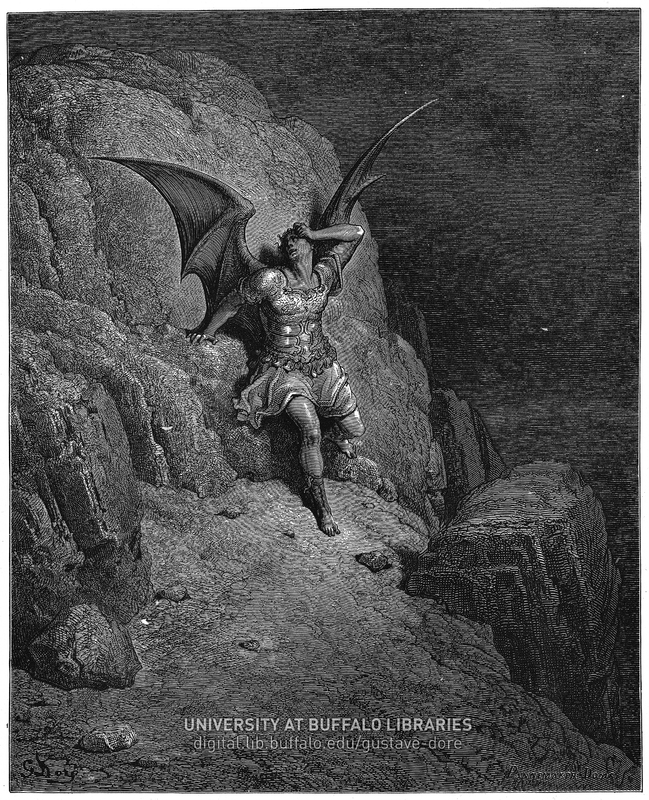Gustav Dore is one of the world’s most famous illustrators who are known for his artworks for such books as Bible, Don Quixote, Divine Comedy, and Paradise Lost, to name a few. In this regard, I would like to mention one of his drawings that had a significant impact on me in the past. This work is the portrayal of Satan for the poem Paradise Lost. This illustration depicts Lucifer’s sufferings due to exile from heaven, self-doubt, and feeling of alienation (Neville, 2021). Although Dore’s artwork was based on and motivated by the contents of the poem mentioned above, I think that it is the art that sufficient in itself without the reference to the original text.

There is basically the combination of two characteristics that enhance my esthetic appreciation of the work. On the one hand, there is a Satan – considerably the most corrupted and cunning creature ever to exist or the quintessence of evil in this world. On the other hand, the viewers can see the expression of severe pain on his face – the suffering that is so strong that fainted Lucifer has to lean on the rock to avoid falling. Such a representation of God’s main antagonist is quite unusual and personally made me think a lot about how labeling and common opinion can make us insensible towards other people’s real feelings. I believe that this work reminds me of the fact that even people whom we do not like so much always deserve the chance to be understood. Therefore, it can be said that I appreciate this piece as “the idea behind the art-work is far more important than the art-work itself” (Hickman, 2010, p. 75). For this reason, this piece of work is among one of my most favorite ones.
References
Dore, G. (1898). Now to the ascent of that steep savage hill [Book illustration]. University at Buffalo Digital Collections. Web.
Hickman, R. (2010). Why we make art: And why it is taught (2nd ed.). Intellect Ltd.
Neville. (2021). Satan in Paradise Lost | Unsung heroes. Titanium Tutors. Web.